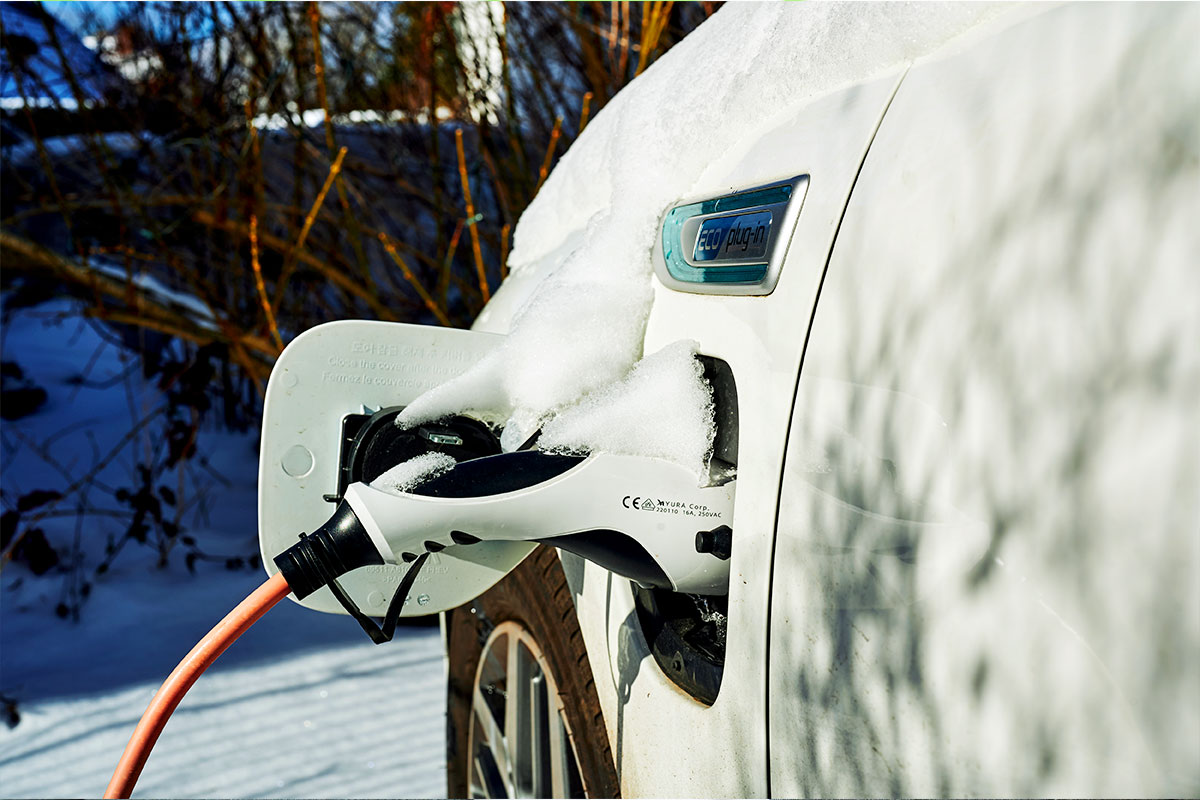Why is electric car charging slower in winter?

Most electric car users have probably noticed that the charging speed in fast chargers drops significantly when winter arrives, compared to summer. Why is it so?
The answer to this question is actually very simple: physics. The meaning of the battery to an electric car is the same as the engine to a petrol or diesel car. Therefore, every effort must be made to ensure the best health and maximum life of the battery; the vehicle’s computer is programmed according to these purposes.
In cold weather, the charging speed is limited by the smart car itself
In cold weather, the charging speed decreases due to the temperature of the battery, not because of the charger. The electric car's computer detects the low temperature of the battery and slows down the charging speed to protect it. Thus, the charging speed is low at the beginning of the charging cycle, but the temperature of the battery increases during the process and the charging speed with it. Therefore, it is recommended to drive the car for at least 10-15 minutes to make it warm, so that the battery temperature rises before the beginning of fast charging, making it "healthier" for the battery and increasing the speed.
As we all know, lithium is an important component of electric car batteries. Lithium ions to be more specific. Simply put, when the battery is low, the ions inside the battery move from the minus sign to the plus sign. During charging, the movement is in the opposite direction. To prevent ions from moving too fast at very low or high temperatures, thereby damaging the battery, the vehicle is programmed to reduce the charging speed. To make a comparison from everyday life – a hypothermic person should not be taken to a hot sauna but warmed up over a long period.
In view of the winter, new electric car users should also take into account the fact that cold weather increases the energy consumption of electric cars, reducing the mileage. The main reason is the need to heat the cabin, and in case of a snowy winter, the rolling resistance increases significantly, which means that the car uses more energy to move. For exactly the same reasons, a car with a petrol or diesel engine increases fuel consumption.
Four factors that determine the charging speed
The charging speed depends largely on four factors. Firstly, the capacity of the charger: how fast the particular charger is able to deliver current. Secondly, the car's capacity: how fast the particular car is able to absorb current. It is important to keep in mind that different versions of the same model from the same car manufacturer may be different.
Thirdly, the battery charge at the beginning of charging: how much energy is in the car battery when it starts charging. Fourthly, the temperature of the battery as already mentioned, because the battery charges more slowly when the temperature is not optimal. Although heat doesn't seem to be an argument in Estonia, the heatwave that lasted several weeks with more than 30 degrees of Celsius last summer affected electric cars. In hot weather, all you can do is wait for the battery to cool.
If the battery is very cold, it is recommended not to charge it immediately after a long period of parking when the car has been stationary. The battery heats up while driving, so it is advisable to drive the car to warm up the battery before using a fast charger. To briefly summarize the temperature factor – it is advisable to use fast charging before a long drive in summer (when the battery is not yet too warm) and after driving in winter (when the battery is already warm).
Read more on how to drive an electric car in cold and slippery conditions ».
